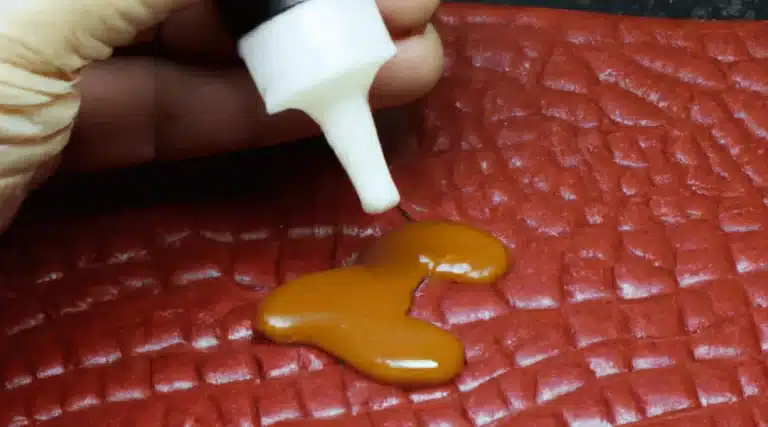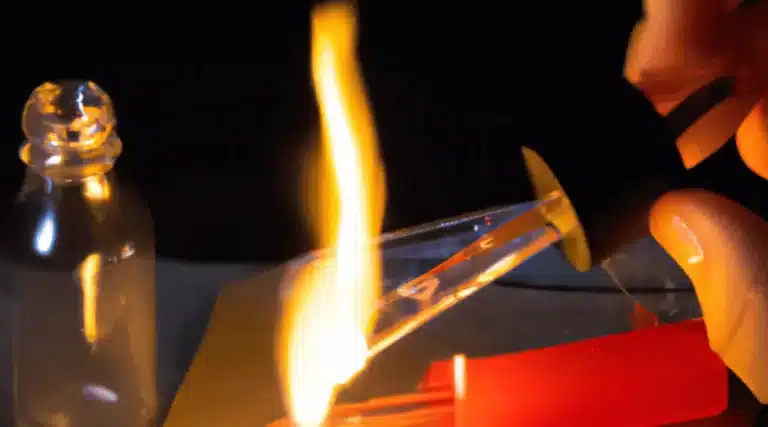Hello there! Are you tired of dealing with the sticky residue left behind by Breathe Right Strips? I know exactly how frustrating it can be. As someone who relies on these strips for better breathing, I’ve spent countless hours researching and experimenting to find the best methods for removing the glue residue effectively.
In this article, I’ll share my personal experiences, backed by professional expertise, to help you reclaim comfort and breathe freely again.
Understanding Breathe Right Strips
Before diving into the removal techniques, let’s quickly recap how these strips work and the common issues we face with the stubborn adhesive.
Breathe Right Strips are designed to gently lift the nasal passages, promoting better airflow and reducing congestion. They contain an adhesive that sticks to the skin, providing support throughout the night. However, removing the strips can sometimes leave behind an unpleasant residue that clings stubbornly.
Method 1: Natural Techniques
If you prefer a more natural approach, these oil-based solutions and homemade remedies can help dissolve the adhesive residue without harsh chemicals.
Oil-Based Solutions
- Coconut oil: Apply a small amount of coconut oil to the glue residue, gently massaging it in. Let it sit for a few minutes, then wipe away with a soft cloth.
- Olive oil: Similarly, massage a few drops of olive oil onto the affected area, allowing it to penetrate the glue. Wipe off the residue with a cloth or tissue.
Homemade Remedies
- Lemon juice and baking soda paste: Mix lemon juice and baking soda to form a paste. Apply it to the glue residue, let it sit for a while, and then rinse off with warm water.
- Honey and cinnamon mixture: Create a mixture of honey and cinnamon, applying it to the adhesive residue. After a few minutes, gently wipe it away using a damp cloth.
Method 2: Over-the-Counter Products
For those seeking a more convenient solution, there are various over-the-counter products available specifically designed for adhesive removal.
Adhesive Removers
- Selecting the right adhesive remover: Look for adhesive removers that are gentle on the skin and suitable for sensitive areas. Read product labels and choose one that specifically mentions removing medical adhesives.
- Application instructions and safety considerations: Follow the instructions provided with the adhesive remover carefully. Apply a small amount to the residue, allowing it to sit for the recommended time, and then wipe it away with a clean cloth.
Solvents and Dissolvers
- Exploring options like acetone and rubbing alcohol: Acetone and rubbing alcohol are known for their adhesive dissolving properties. Use a cotton ball soaked in either of these substances and gently dab it onto the glue residue. Wipe away the dissolved adhesive with a cloth.
Medical Adhesive Remover Wipes
- Advantages of using pre-moistened wipes: Medical adhesive remover wipes are convenient and specifically formulated to remove stubborn adhesives. They are easy to use and can be carried with you wherever you go.
- Recommended brands and usage tips: Look for reputable brands that specialize in medical adhesive removers. Follow the instructions on the packaging to effectively remove the residue.
Method 3: Gentle Mechanical Removal
When dealing with stubborn glue residue, sometimes a gentle mechanical approach can be effective.
Warm Water Soaking
- Soaking technique for easy removal: Soak a clean cloth or cotton pad in warm water and place it over the glue residue. Let it sit for a few minutes to soften the adhesive, making it easier to remove. Gently wipe away the residue.
Gentle Peeling
- Step-by-step instructions for safe peeling: Start by loosening the edges of the adhesive residue with your fingers. Use slow and steady motions to peel it off, being careful not to pull or tug too forcefully.
- Techniques to minimize discomfort: If you experience discomfort while peeling, try using a warm compress or applying a few drops of oil to help loosen the adhesive further.
Flossing Method
- Using dental floss to remove adhesive: Slide a piece of dental floss beneath the residue, gently sawing it back and forth to loosen the glue. Be cautious not to apply excessive pressure to avoid skin irritation.
- Important tips for effective flossing: Maintain a slow and controlled motion while flossing, gradually working the adhesive off the skin. If the floss gets stuck, carefully wiggle it side to side until the residue loosens.
Method 4: Heat Application
Heat can be an effective tool for softening the adhesive residue, making it easier to remove.
Hairdryer Technique
- Guidelines for using a hairdryer to soften glue: Set the hairdryer to a low or medium heat setting. Hold it a few inches away from the residue and move it in a back-and-forth motion to warm the adhesive. Once softened, gently wipe away the residue with a cloth.
- Temperature recommendations and safety precautions: Avoid using high heat as it may damage your skin. Keep the hairdryer at a safe distance to prevent burns.
Warm Compress
- Preparing and applying a warm compress: Soak a clean cloth in warm water, wring out the excess, and place it over the adhesive residue. Leave it on for a few minutes to soften the glue, then wipe it away with a cloth.
Hot Water Soak
- Submerging Breathe Right Strips for glue removal: Fill a basin or sink with hot water (not boiling) and submerge the affected area. Allow the warmth to soften the adhesive, then gently wipe away the residue with a cloth.
- Ensuring safety while handling hot water: Be cautious when dealing with hot water to avoid burns. Use water at a temperature that is comfortably warm but not scalding.
Post-Removal Care
After successfully removing the adhesive residue, it’s important to provide proper care to your skin.
- Clean the skin with a gentle cleanser to remove any remaining residue.
- Moisturize the area with a fragrance-free lotion or aloe vera gel to soothe the skin.
- Monitor the area for any signs of skin reactions, such as redness or irritation. If symptoms persist or worsen, seek medical assistance.
Summary
Removing Breathe Right Strips glue doesn’t have to be a struggle anymore. By following the natural techniques, over-the-counter products, gentle mechanical removal, or heat application methods, you can effectively remove the adhesive residue and enjoy clear breathing once again. Remember to take care of your skin during and after the removal process to promote healing and prevent any potential irritation.





